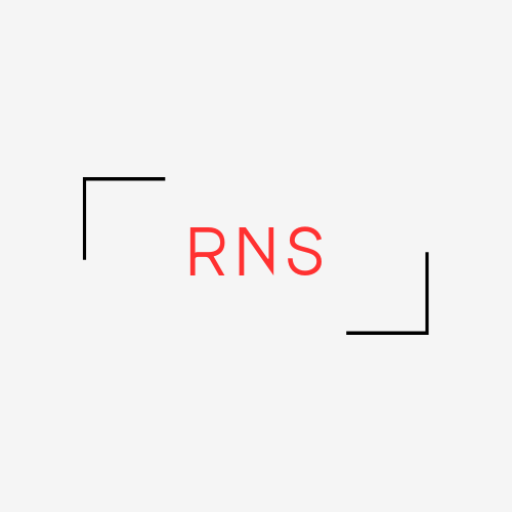1. Why was lead shielding used in the past during X-rays?
For the past seventy years, lead shielding—such as aprons, thyroid collars, and gonadal shields—was used to protect patients from stray radiation during X-rays. This practice stemmed from the belief that any radiation exposure, no matter how small, could increase the risk of harm like genetic mutations or cancer.
2. Why has the use of lead shielding changed in recent years?
Advancements in technology and a better understanding of radiation safety have led to a shift in practices. Modern X-ray machines produce significantly lower levels of scatter radiation, making shielding less necessary. Additionally, shielding can sometimes interfere with the quality of diagnostic images or even increase radiation exposure due to automatic exposure adjustments by the machine.
3. Are lead aprons and other shields still necessary for most patients?
No, recent guidelines from organizations like the American College of Radiology (ACR) and the American Association of Physicists in Medicine (AAPM) suggest that routine use of lead shielding is often unnecessary and does not provide significant benefits for most patients. The focus is now on minimizing radiation exposure using improved equipment and techniques instead of relying solely on physical shielding.
4. How have imaging technologies improved radiation safety?
Modern X-ray machines use much lower radiation doses than older equipment. They also automatically adjust radiation levels based on the area being imaged, ensuring that exposure is minimized. This advancement reduces the need for additional shielding and enhances the overall safety of the procedure.
5. Can lead shielding interfere with the diagnostic quality of X-rays?
Yes, lead shields can obscure parts of the image, which may lead to the need for repeat scans. Repeat imaging increases the overall radiation exposure to the patient, which is a key reason why routine use of lead shielding is discouraged.
6. Does radiation from medical imaging pose a significant risk to reproductive organs?
Research has shown that the radiation doses used in medical imaging are so low that they pose minimal risk to reproductive organs, contrary to past assumptions. Therefore, the use of shielding specifically for reproductive organs is generally not necessary.
7. Should lead shielding still be used for pregnant patients?
Current guidelines suggest that lead shielding is unnecessary for pregnant patients, as the radiation levels used in medical imaging are extremely low and unlikely to harm the fetus.
8. Are there any circumstances where lead shielding might still be used?
In some cases, healthcare providers may still use lead shielding if requested by the patient, as long as it does not interfere with the quality of the imaging. However, this is becoming less common, as most procedures now focus on minimizing radiation exposure through advanced technology.
9. Should I be concerned about radiation during my X-ray?
For most patients, radiation exposure from medical imaging is very low and safe. If you have specific concerns or if you are unsure whether shielding is necessary for your procedure, talk to your healthcare provider. They can explain the risks and benefits and ensure your safety.
Link
https://www.aapm.org/org/policies/documents/CARES_FAQs_Patient_Shielding.pdf

